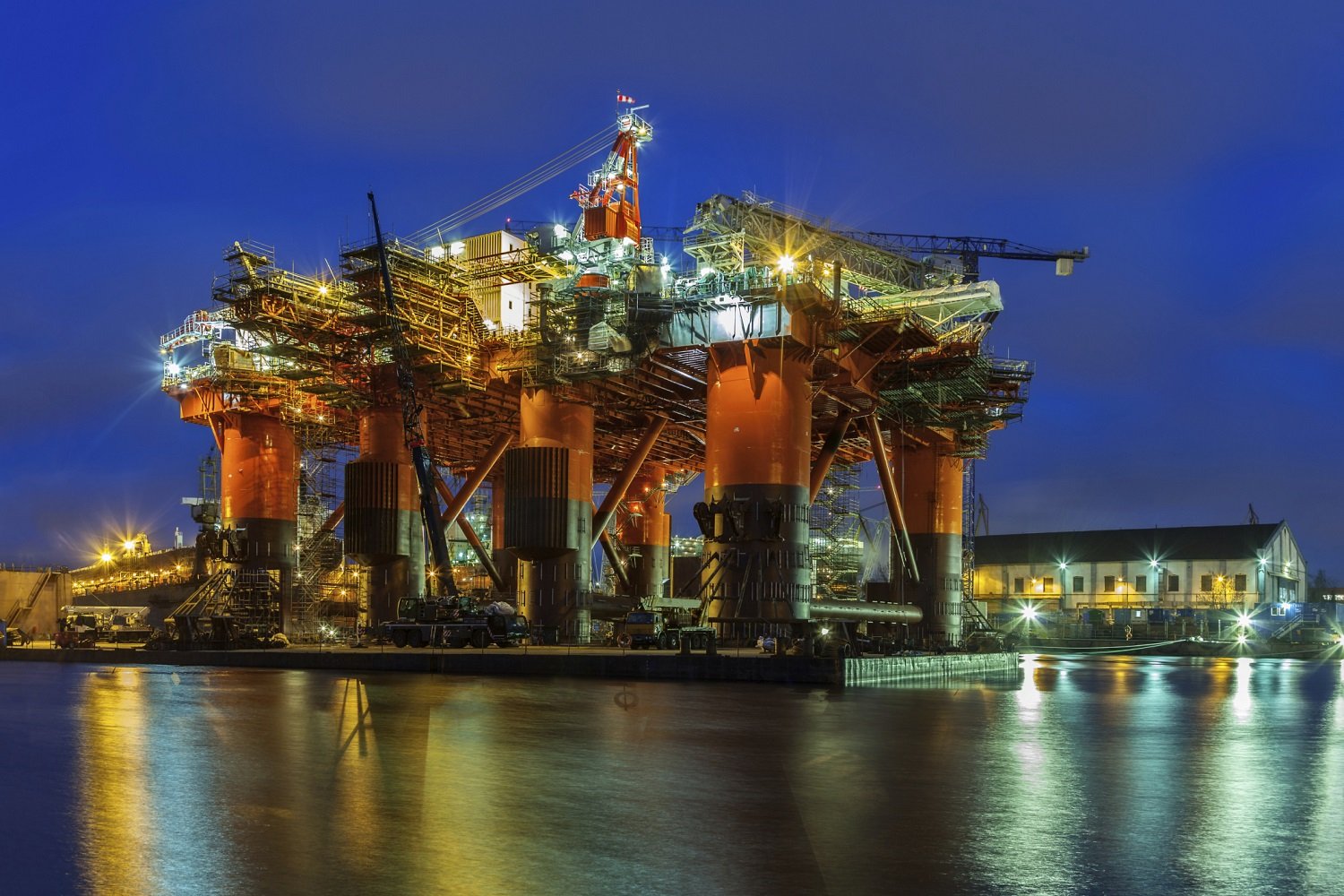The offshore drilling market has definitely stabilized over the past year and now we're back to looking at small details like utilization rates instead of wondering about big issues like regulation and oil spills. Seadrill's (SDRL +0.00%) results released today are just another example of this and the market's reaction shows a more subdued response to earnings from shareholders.
The third quarter wasn't bad for Seadrill; it just wasn't outstanding. Revenue fell slightly from the second quarter to $1.09 billion, operating profit fell from $483 million to $413 million, and net income was $216 million, or $0.40 per share. Analysts had expected $1.11 billion in revenue and $0.68 in earnings per share, although this was affected by a loss of $158 million on financial items and a loss associated with ownership in Archer Limited.
A few weeks ago I highlighted that growth momentum was slowing in the deepwater space and results at Seadrill seems to keep that thesis alive. Noble (NE +0.00%), Diamond Offshore (DO +0.00%), Transocean (RIG 0.47%), and Seadrill all saw steady dayrates but little growth in ultra-deepwater. At rates of $550,000-$650,000 per day for rigs, this slow growth isn't a red flag but it will put more focus on utilization rates. In the third quarter, it is what hurt Seadrill, which only utilized 82% of floater days, down from 88% in the second quarter.
Consistent with competitors, the jack-up market also looks like it is steadily improving. The company's utilization has remained above 90% and dayrates continue to improve.
Dividend play
For most investors, a big reason to buy Seadrill is its dividend. Well, the company not only maintained its $0.85 dividend for the third quarter, it will pay an accelerated dividend in the fourth quarter to avoid higher taxes on dividends for shareholders.
Potential growth on the horizon
Seadrill still has 22 units under construction and deliveries for the nine ultra-deepwater units will begin next quarter and continue through 2014. This should fuel strong revenue growth and, with payback of drillships of about three years, we should see a strong jump in earnings as well.
The company also launched its MLP, Seadrill Partners (SDLP +0.00%), during the third quarter, which it thinks will help lower its cost of capital. Seadrill's 75.7% stake is worth $831 million based on the market price; in the future it hopes to push deepwater rigs off its balance sheet onto the MLP's to save costs.





